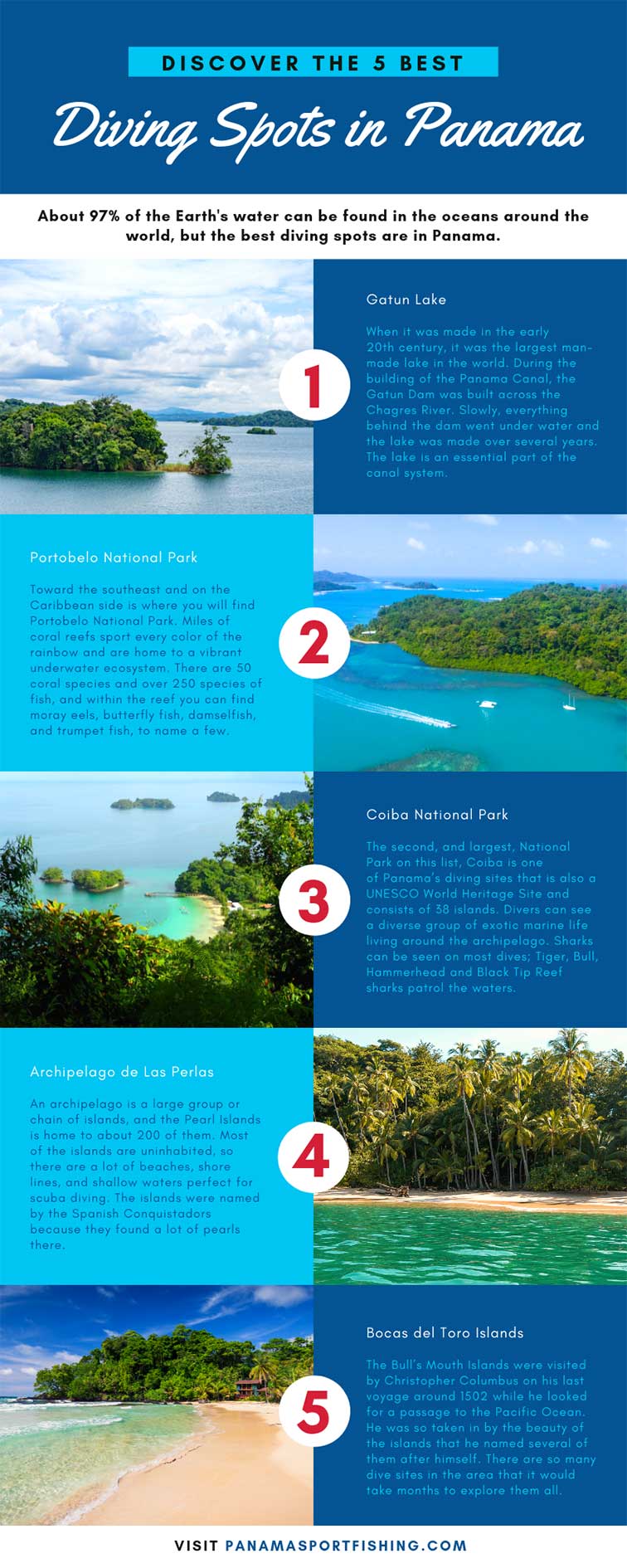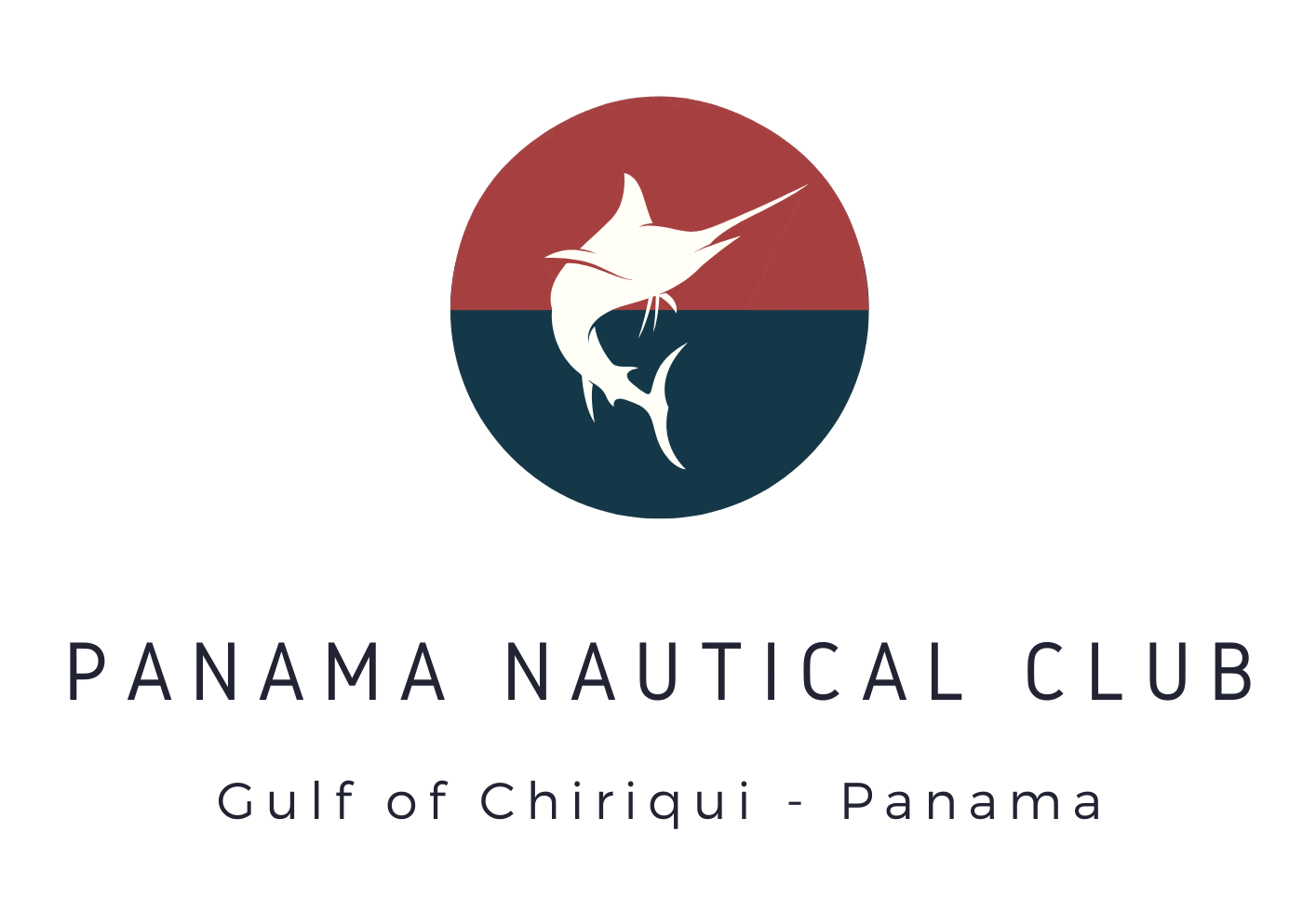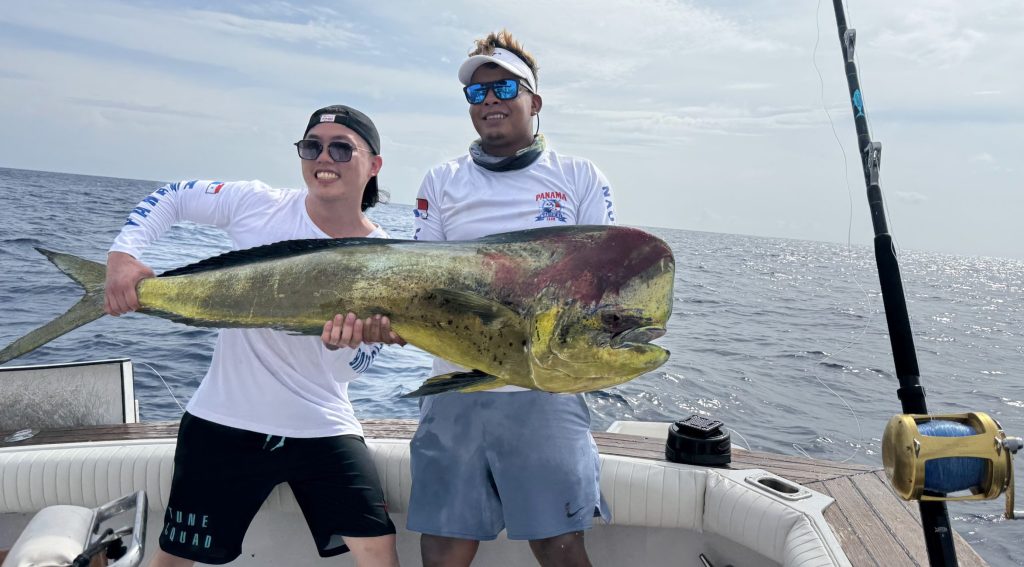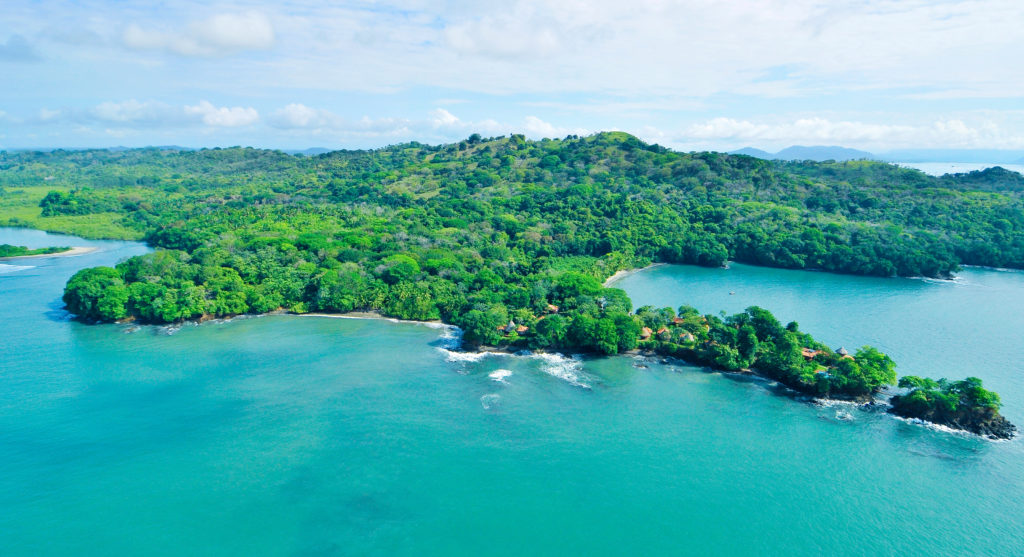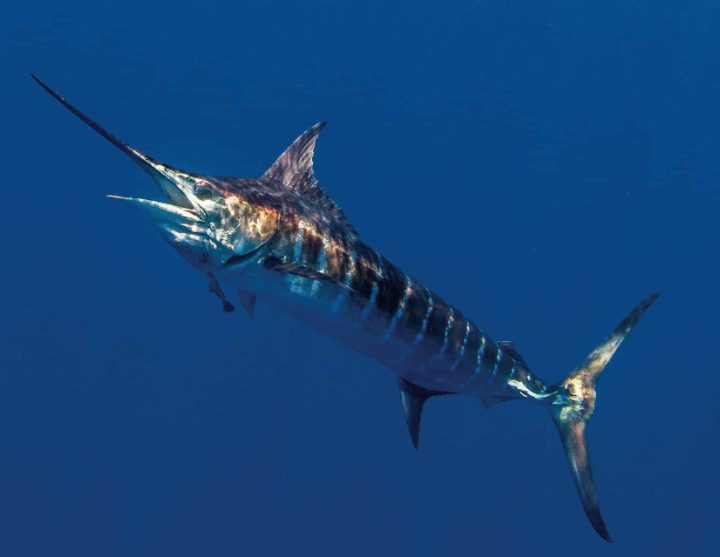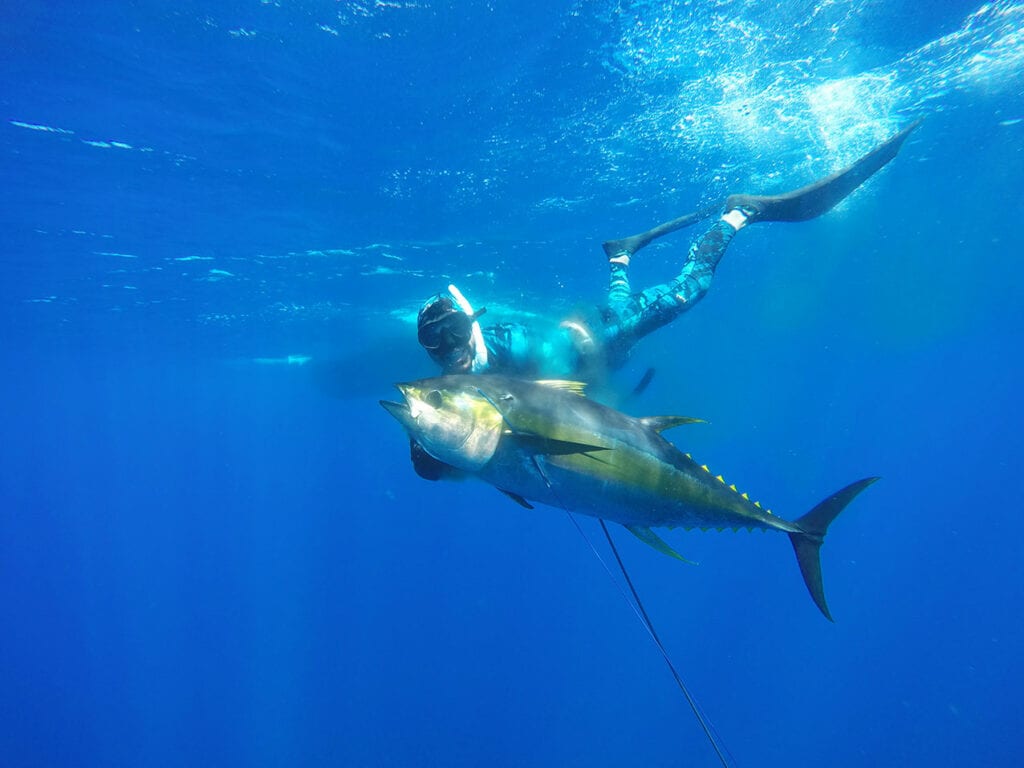Panama has more for the world traveler to see than just the Panama Canal. There are turquoise waters teeming with game fish, beautiful white sand beaches, and historical sites dotted throughout the country. Under those waters is where you will find what is best about Panama; a vibrant marine sanctuary full of color and life. For scuba divers of all skill levels, there is no better place on earth than Panama, as according to the National Ocean Service, “About 97% of the earths water can be found in the oceans around the world, but the best diving spots are in Panama.” It truly is a perfect balance of modern living and raw natural beauty in the Central American paradise.
Panama diving sites are known all over the world for their miles of coral reefs, diverse and exotic marine life, and among the natural wonders are sunken ships and planes to explore on the ocean floor. Two national parks, which are included below, have also been named UNESCO World Heritage Sites that are designated conservation areas. These areas are protected and kept in their beautiful natural state for everyone to enjoy.
Gatun Lake
When it was made in the early 20th century, it was the largest man-made lake in the world. During the building of the Panama Canal, the Gatun Dam was built across the Chagres River. Slowly, everything behind the damn went under water and the lake was made over several years. The lake is an essential part of the canal system. During the dry season, water from the lake acts as a reservoir and is used to fill the locks within the canal so ships can move through. The hills that surround the river valley became islands when the lake was formed and exist almost untouched by man. The waters engulfed everything that was left behind over 100 years ago. Construction equipment, villages, trains, and buildings all still exist under the massive lake and offer an interesting place to explore. Since it is a fresh water lake, the visibility isn’t as good as in the ocean, but there is still plenty to see. The plant life under the water is home to many species of fish and marine life. Massive tankers navigate the lake daily, so be mindful of where you attempt to dive and make sure to stay out of any restricted areas.
Portobelo National Park
Toward the southeast and on the Caribbean side is where you will find Portobelo National Park. Miles of coral reefs sport every color of the rainbow and are home to a vibrant underwater ecosystem. There are 50 coral species and over 250 species of fish, and within the reef you can find moray eels, butterfly fish, damselfish, and trumpet fish, to name a few. This national park is located near the capitol, Panama City, so people will head out from the city straight to the water for a dive. The site is popular because of its marine life and the many plane wrecks and shipwrecks that are fun to investigate. The coral reefs are bountiful, and the waters are crystal clear. Out of the water, there are lush mangrove forests and white sand beaches to relax on after a day of diving and exploring the underwater world. The best time to visit is from July to December when visibility is high and the sea is lower.
Coiba National Park
The second, and largest, National Park on this list, Coiba is one of Panama’s diving sites that is also a UNESCO World Heritage Site and consists of 38 islands. This means there are two layers of protection for this beautiful ecosystem. The government of Panama and UNESCO protect it from damage from over-fishing or harvesting of the coral and keep traffic from commercial boats to a minimum. The park is considered by many to offer the best diving along the Pacific coast from Mexico to Columbia. Divers can see a diverse group of exotic marine life living around the archipelago. Sharks can be seen on most dives; Tiger, Bull, Hammerhead and Black Tip Reef sharks patrol the waters. During the winter months, the gentle giant Whale shark visits. Beginning in July, pods of Orcas and Pilot whales seek the warm coastal waters in addition to Humpbacks. If that’s not enough for you, wait around and you’ll see Manta and Mobula rays, sea turtles, and dolphins glide around this underwater paradise.
Archipelago de Las Perlas
An archipelago is a large group or chain of islands, and the Pearl Islands is home to about 200 of them. Most of the islands are uninhabited, so there are a lot of beaches, shore lines, and shallow waters perfect for scuba diving. The islands were named by the Spanish Conquistadors because they found a lot of pearls there. Located on the Pacific side of Panama, in the Bay of Panama, it is a diver’s paradise. The opportunities for diving are diverse and many islands shield the waters from the ocean, which makes them better for a calmer dive. A dive site that faces the ocean, however, will have rougher waters; the currents from the ocean stir things up and make for great drift sites. Most days you can wade into the azure water, pop on a mask, and see schools of tropical fish and Manta rays swim by.
Bocas del Toro Islands
The Bull’s Mouth Islands were visited by Christopher Columbus on his last voyage around 1502 while he looked for a passage to the Pacific Ocean. He was so taken in by the beauty of the islands that he named several of them after himself; Isla Colon, Isla Cristobal, and Bahia Almirante, and those names remain to this day. In 1988, the first marine sanctuary in Panama was created. The National Marine Park of Bastimentos Islands was made to protect the natural environment of the aquatic life of the coast and in the reefs. It has also been named a UNESCO World Heritage Site. Under the surface is a wonderland of crystal-clear water dotted with coral gardens and wide varieties of fish and marine life to see. An old ferry was intentionally sunk to create a reef and habitat for the biologically diverse waters. There are so many dive sites in the area that it would take months to explore them all. There are many islands and different sites, so there are dive areas suitable for scuba enthusiasts of all skill levels.
